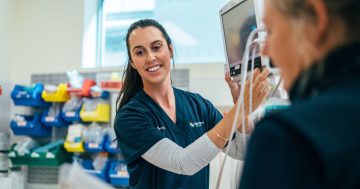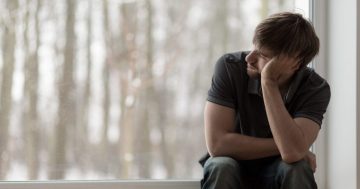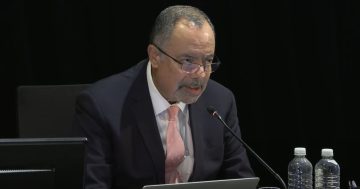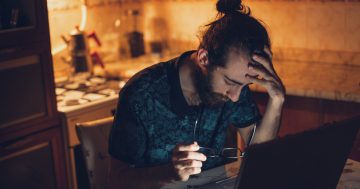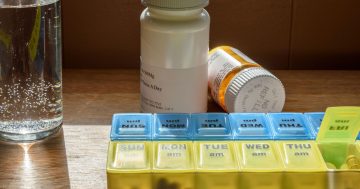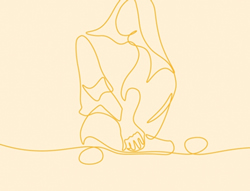 Research by the Australian Institute of Family Studies (AIFS) has discovered that thoughts of non-suicidal self-injury among young people are common and increase during the adolescent years.
Research by the Australian Institute of Family Studies (AIFS) has discovered that thoughts of non-suicidal self-injury among young people are common and increase during the adolescent years.
Research Fellow with the AIFS, Pilar Rioseco said the Self-injury among adolescents Report found that 30 per cent of respondents had considered non-suicidal self-injury between the ages of 14 and 17, while 18 per cent reported acts of self-injury.
Dr Rioseco, who is a co-author of the Report, said the findings were concerning especially in light of emerging signs of worsening mental health during the pandemic.
“We saw thoughts and acts of self-injury increase as adolescents became older,” Dr Rioseco said.
“At age 14 to 15, 16.4 per cent of adolescents had thoughts of self-injury and 9.7 per cent reported acts of self-injury,” she said.
“This rose to 21.2 per cent for thoughts and 11.2 per cent for acts by age 16 to 17.”
Dr Rioseco said there were considerable gender differences when it came to thoughts and acts of non-suicidal self-injury.
The Research Fellow said close to half (42 per cent) of girls reported thinking about self-injuring, compared to 18 per cent of boys, and 26 per cent of girls reported acts of self-injury, compared to nine per cent of boys.
She said girls were also more likely to engage in repeated self-injury with around seven per cent of girls reporting self-injury at both ages 14 to 15 and 16 to 17, compared to one per cent of boys.
“Concerningly, repeated self-injury over time was strongly associated with suicidal behaviour; 65 per cent of those who engaged in repeated self-injury reported attempting suicide at age 16 to 17,” she said.
“While both genders are experiencing high rates of self-injury thoughts and behaviours, it is alarming to see how much more common it is among girls.”
Dr Rioseco said respondents who were same-sex attracted were more likely to report having self-injured at some point (55 per cent) compared to those who were not same-sex attracted (15 per cent) and were also more likely to engage in repeated self-injury (22 per cent vs three per cent, respectively).
She said the Report found that having a close relationship with a parent was protective against self-injuring, while poor parent mental health in early childhood was a risk for adolescent self-injury several years later.
“It’s essential that parents, caregivers and schools are equipped with the right skillset and provided with the support they need to assist adolescents throughout this time,” she said.
“Ultimately, self-injury thoughts and behaviours need to be seen for what they are – a response to mounting stress and a way of relieving emotional pain,” Dr Rioseco said.
The AIFS’s nine-page Report can be accessed at this PS News link.



